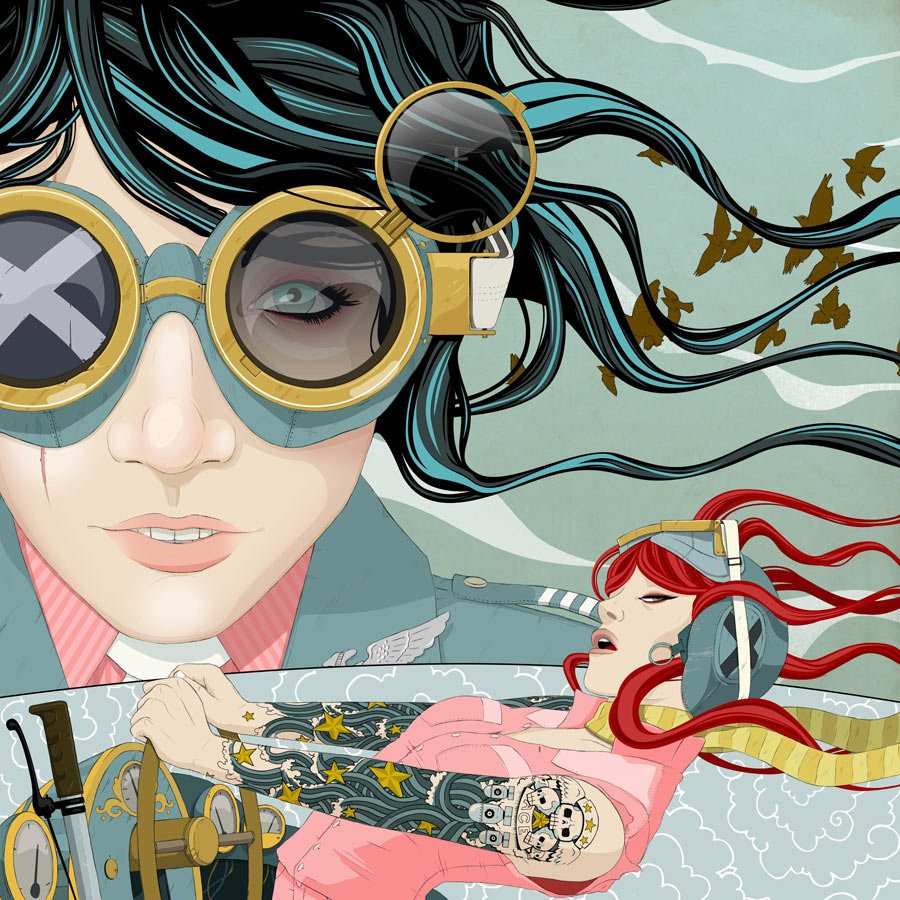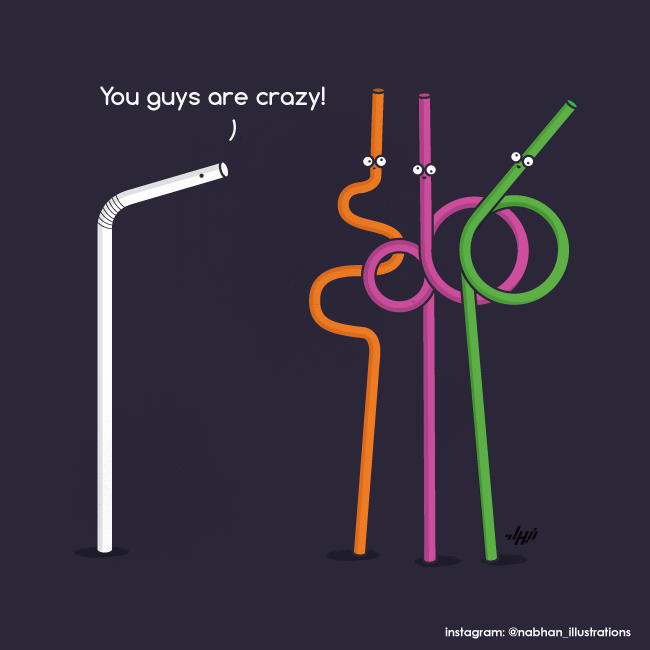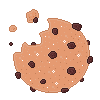
There will always be the older work that I enjoy. Nastaglia, or because it appeals to me in a way that other work doesn't. It has moved into a poition where it isn't judged on the marrits of the time, but the merrits, and there's plenty there I haven't even gotten to yet, but I should probably be forgiving of the stuff I don't automatically get so I don't miss out on so much. I've been meaning to get into Deadpool again.
Greg Capullo quickly became my new favorite a couple of years ago with the stellar art that he had been putting out. For this reason I am able to find a number of his earlier works also good. His run on X-Force and Spawn, while never appealing to me at the time were not viable options.
I'm also a fan of Francis Manapul due to the effort he put into his run on the Flash. What I like about his work is that his paneling is creative, while his covers never cease to catch my eye when I am going through the comic shops.
And while I am by no means a fan of the Teen Titans book, Brett Booth did a great job on the art, leading me to buy some of the issues that appealed to me. Both of these example show that with good art you can do a lot to draw in an audiene that was not that before and brought the book up to a whole new level visually. It just goes to show that there are also some great DC guys. Though the ones working at Marvel have been able to out do them since the beginning.
I think that a lot of confusion comes from the definition of "modern" art, what is it when you look on the shelves? One thing that really defines it for me is "realistic" since this is something that was not common back in the day. Though plenty of artists did go to different measures to achieve it. Nowadays you have people like Extremis to Bagley setting standards for art. Mike Allred style is reminiscent of a modern pop take on the silver/bronze age artists withut feeling dated. When that is paired with the gorgeous retro-tastic colors of his wife Laura, I suspect you'll find them to be your new favorites.
His stuff is great.
While this is true for the art itself there can be a problem when you mix that with modern techniques like blured Backgrounds, when I see this I find it jarring because they like like they've been blurred by Photoshop which they have been. If the artist wants to employ a DoF effect I prefer it when the blur effect is, respresented in the drawn imaged rather than computerized.
If Bagley is standard I guess what I miss is that standard look. It just feels more like a comic book to me. I think it's amazing what these newer artists are capable of doing, but to me it feels wrong for comic books. And I really find it to be a barrier to stuff like Fantastic Four, although I'm not too happy with the writing in that one either.
Marcos Martin style is wonderful, it reminds me of a cross between Steve Ditko and Hugo Pratt.
His covers for Marvel are stellar and the work that he did for the digital-only comic with Brian K. Vaughan, The Private Eye, which is pay what you want (even nothing), so no reason not to check it out.
It is also worth checking out some of the work of Francesco Francavilla. Francesco's work is a combination between pulp and moody realism. You won't find many new comics from him right now since he is mostly working on covers where is the best suited.
While I hate to say it, it is true that some styles don't blend with the in his own right, but only when he is able to create a spectacular Hollywood blockbuster splash page in the vein of Michael Bay. Tony Moore has a very pleasing art style that stays away from these shiney pages.
I'll just stick with the few that I mentioned but the list could be much longer, it just depends on tastes.
This is about bad art in the conventional sense that you may think of, art that maybe won't sell or get any compliments or even look pretty.
This is honestly so important. I didn't create just about anything for four years just because I knew it'd be shit
I think it's so hard to break past beginnerhood sometimes because we are so terrified of making something that isn't accepted by a group of my/your peers.
Then you need to just create a piece with no goal in mind, move the pen against the paper and don't care if it looks pretty.
It's about pushing past the point of wanting to be good, in order to be an artist.
Anything and everything that you can draw has merit. Even if its only job is to help you discover what doesn’t work well.
All practice os valuable.
Good art, bad art, and you. It really depends on you.
And if you like a certain type of art, it is good while I may personally hate it. Many people enjoy the art work in Bleach, they will say that it is clear. I would say that it is devoid of life leaving panels that feel empty to me. You can say that same thing about some other artists, it is up to you to form an opinion, and agree or disagree.
When you come down to it though, it's very personal.
No matter how much you critique a piece it will always have people that love it.
For instance, I personally feel like Oda's art direction is simply brilliant. For me he embodies what great dynamics should be, he does this through his very fluid artwork, while his color excel in both use and complimentary of colors as well as color perspective create breath takingly beautiful compositions that I love. Yet there are people that I know that would whole heartily disagree with me on that point.
The reason is because beauty is in the eye of the beholder.
Art is really a preference thing, and your preference is not my preference. I personally really enjoy well done sketched work, because it captures the raw emotion that the artists was going for at the time. This is often reduced in impact when they take it to the final product illustration.
Technically Skilled
What we have talked about up until this point is emotion. If you want to understand comic art, you will need to understand the process used and how it is made.
But herein lies the trap. If we simply focus on the technical aspect of the art form by itself, when you look at the differences, you will need to realize the importance of distinction. Mainly people, critics included fairly to remember that there is a difference between art and art style.
So while art can be judged more objectively when you understand the process, how do you do that? What are the criteria that play a role in how you distinguish good from the bad?
This list is helpful in doing just that.
- Good Art style Doesn't Automatically Mean Good Art
- I've read series with unspectacular art style, however full of emotions and never batted an eye over the art. I've read series with good art style, but with mediocre use of art. Although they're well illustrated, they lack the most basic elements to give it a dynamic feel.
- Interacting With Objects
- Figures should interact with objects in a believable way.
- When a figure is supposed to stand on a rock for example, the figure's feet and pose should be drawn correctly, otherwise it looks like he's floating above the rock.
- Emotions
- Both comics and manga have the advantage of being allowed to show exaggerated emotions.
- An artist's job is to convey emotions. The reader should sympathize with the figures when they're angry, sad, desperate or whatever the scene calls for.
- Correct Use Of Perspectives
- When you think of perspective drawing, the first thing that comes in mind are maybe buildings and geometrical forms. However a good artist should also be able to draw living beings (humans, animals, plants) from different angles of view. Bad artists tend to draw their figures always from the same perspectives.
- Paneling
- The comic artists' job is to tell a story with pictures. Good paneling creates tension. Panels should not only have a pleasant flow while reading, they also are part of the story telling.
- You might find it useful if you pay attention to these things in particular: shapes, how lighting works (the shadows, shading, and highlights), line width, composition and layout, foreground/background and perspective, anatomy and proportions (which can be unrealistic and still look good), textures and effects.
Look at the art for multiple series, over time eventually you'll start to notice what works, what doesn't, and when you should just ignore the flaws. But be aware that the rules can be broken to good effect and you may be biased to the results. Once you become good at being a critique, you wont enjoy things as much, since everything is flawed
Simple isn't bad.
Let's say it again so that it sticks.
Simple isn't bad.
This should be clear from the beginning but people think of simple as a form that lacks depth or mature themed. It doesn't it is a form, and it depends on how you use it.
For real beautiful simplicity, this is a hard skill to master and takes a lot practice until you are skilled, and even more until you can master it.
Think about it, the less you have to illustrate means that there is more than will show. Disney may seem simple, but their characters were extremely complex and took a lot of skill to draw. This is a good example, because, the whole point of making a "cartoon" is for the sake of making it realistic. It is an image that has been boiled down to its essence.
Because of this the simplest images can convey the strongest, most pointed messages.
Before you start sketching and call it quits, I will say that there are many failed attempts at simplicity.
You need to learn to run before you can crawl, and Picasso's most famous works are some of his most graphically simple and abstract. Yet he was still highly skilled at realistic rendering. Her and understood the importance of accurate light, shadow, line, and compostion, and he knew how to make them work togther with a simply style.
I can't find a link right now, but there is an artist which you will find from time to time in the New Yorker. They produce beautitful rendisition, and yet they get away with simple geometric shapes, most without captions or anything. Simple isn't bad it just depends on how you use it.
The drawings in a comic should suit the story, or the mood you're looking for when telling the story. In this sense, simple doens't necessarily mean bad, and sometimes you can also mix very detailed parts with very simple art. Think about Liberty Meadows by Frank Cho, the first one to come to mind. Be careful that simple doesn't have to mean immature; it's a common misconception. The artist must know what they're doing and decide to go for a simpler style.
Look at xkcd, this is an example of simple that is also a sensation, even thought the story is literal told through stick-figures.
My recommendation to you as an artist are this: Ask yourself if drawing your comic in a simple style enhances the mood of the piece or detracts from it. If it works then use it.
You should remember, there are comic masterpieces out there that are in a simple style, it is totally depended on what you are trying to do . Think of it like this, a simple style will force you to let go.
Even the greatest comic artists of all time had panels and details that they weren't proud of. It's so hard but we have to let go of our mistakes at some point, and keep moving forward.
Whatever style you choose, and this is important because it is basically your ground work, please sure that you make the choice that is best for your comic. There is nothing worse than having the story suffer due to the mismatched art style.
If you are curious for more thoughts on this, I have two suggestions: read the book called Understanding Comics by Scott McCloud once you understand what he is trying to teach you you can go over to Netflix and watch first episode of the TV show Abstract.
Any fandom will have some bad apples in it, it is human nautre and it is unavoidable. But how many people does it take to ruin it for everybody? I think that no matter the size you will find that the number of people stays in proportion. And I would say that that number hovers arouns 5% with the rest of the people being various levels of normal. This does not change with the size of the fandom, yet, the number as you will see plays a role in how they can make a fandom overall "awful" in many aspects.
So let's run the numbers.
Your fandom, this is hypotheitcal, has a hundred fans, when we use the 5% rule that means that you have five people who are going to be complete pricks to everyone they interact with

But the thing is, five people are pretty manageable as a whole. When your community contains 95 other "normal" people they can disengage from the other trouble makers. They can be left them out of events or whatever else you may have planed.
But let's add a zero to the number, you now have one thousand fans.
Taking the 5% rule that we laid out above, you now fifty people are going to be nightmares for everybody else in the community.
What makes the difference here is that fifty is a big number. That is half of the community that you had just a moment ago, and while it may not seem like much, they can easily sustain a message board with that number of userers.
But that is one niche message board that you have to worry about, it is still a small enough number that one board that only these "fans" and nobody else will ever visit. Like this the problem can be contained and they will jst be known as trouble to the cmmunity at large.
Big Numbers Mean Big Trouble!
You have surpassed all of this and have made a really successful property that has gained lots of fans. You don't have hundreds, or thousands, you have one hundred thousand fans yet you are dreading that nasty that 5% problem.
The trolls have grown and you now have to deal with five thousand unrepentant assholes. That is a lot of ass in that hole and you need to see it as something besides a self-contained problem feeding off of itself.
With five thousand people you will keep seeing them re-surfacing in all of the popular fan communities, spreading their spite and making every effort to control the popular oppinion. And with that many people you will not be able to manage their behaviour, isolate them, or shield your true fans.
This number is a problem and with that many trouble makers you can expect that a certain number will visit your convention venue, in fact that many people could completely fill a small convention.
For most people this is not valid though, becuase being a fan requires active participation. And most people will never fill this role. People who felt that they were fans at one point will drop out of active participation, leaving the fandom and with the dropsouts you will also loose some of the toxic fans, but not many. The drop off of normal fans to toxic cans will not be proportional.
A loss of fans can happen because the TV show went off the air, or because the toxic fan base drove people away.
That is what has happened to Rick and Morty. Don't get me wrong, the populararility of the show is huge, but you will notice that toxic fans have begun to take up more space.
The show's normal fans have begun start to leave the central fandom and in essence have only left the worst viewers to dictate how the show should progress. What's left are the obnoxious assholes who throw tantrums over shitty nugget sauce.
It's a distillation process, as the more "dedicated" fans are the ones who stick around and continue to identify with the work. These more dedicated fans are probably more likely to be toxic than the average viewer, in a lot of ways.
Steven Universe is a network-produced television show with something like two million regular viewers. Even if only a tenth of those people would identify as fans, that's a staggering number. Even a small proportion of toxic fans would constitute a large toxic community.



 Now it is time for a cookie!
Now it is time for a cookie!